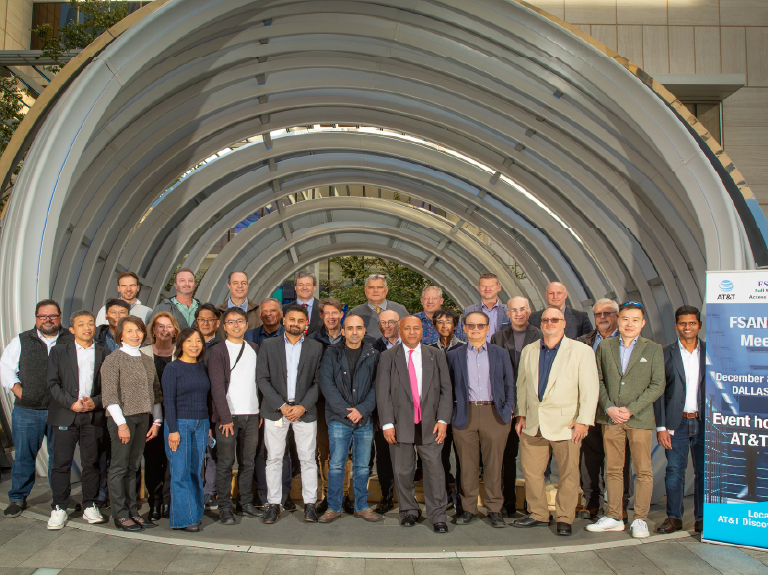One of the most challenging and rewarding parts of working in the AI space is the incredibly rapid pace of change.
Two years ago, almost no one outside the industry knew the term “generative AI.” Today, GenAI and Large Language Models (LLMs) are everywhere, quickly becoming part of everyday life and work.
Now, while new and existing models are getting continuously refined, there’s a new component to GenAI that might be just as revolutionary.
These are known in the industry as “autonomous agents.” Here at AT&T, we often refer to them as “autonomous assistants.” Because that’s really what they are. This technology harnesses GenAI to assist human workers in making decisions and taking actions, whether it’s optimizing our network and our code, clamping down on fraud, or helping our customer care experts better serve our customers.
So how do they work?
LLMs (and their Small Language Model counterparts) are designed to provide information based on prompts. Responses to queries. Summaries of documents. Draft computer code. Data analysis.
An assistant takes action on that information.
For example, AT&T now has autonomous assistants up and running that can take the fraud alerts generated by our GenAI tools and stop a fraudulent transaction before it happens.
What’s more exciting, we are exploring how we might be able to use multiple LLM-enabled assistants at the same time to solve more complex business problems. To do so, we assign one assistant an overall orchestrator persona whose job is to coordinate and reason across other assistant personas with more specialized skills.
For example, when a customer calls into one of our call centers, an autonomous assistant can now work behind the scenes to almost instantly analyze that customer’s account and provide a menu of options that our employee can present to that customer. Are you a wireless customer? Great! The assistant can quickly coordinate with other autonomous assistants overseeing billing, services, promotions, and other areas, using our APIs, to determine if you’re also eligible for, say, AT&T Fiber internet service in your neighborhood. This allows our call center agents to offer you a bundled service that’s a better value.
Assistants can also help in ways that customers might never see. For example, consider the software development lifecycle. To deliver working software at AT&T, we employ specialized assistants that encapsulate the core functions of a scrum team. For instance, we skill one assistant for creating user stories, another for writing code, and yet another to write and execute test scripts. A human developer begins the process by interacting with the master assistant who then kicks off the other skilled agents to get the work done. The human developer remains in the loop to provide feedback and approve stepwise progress towards creating the end solution.
Or take our support teams who monitor our 5G and Fiber network operations. They will use GenAI-augmented workflows to help them respond to issues more quickly to ensure a great network experience for our customers.
In many cases autonomous assistants can take the more tedious or rote tasks involved in a workflow and perform them much faster than a person can. Human employees remain responsible for overseeing the assistant’s progress, but this frees up our people to focus on more complex challenges.
If we instruct an autonomous assistant to act on a fraud alert, for example, the person behind the assistant ultimately remains responsible for that action and for ensuring the assistant is acting properly.
Over time, we expect autonomous assistants to be deployed more broadly and become integral to helping our employees perform complex operational workflows faster to better serve our customers.
A few years ago, robotic process automation (RPA) was an early attempt to bring assistant-like capabilities to bear.
RPA was largely rules-based, though. Each bot required its own training and algorithms. GenAI speeds all that up, and autonomous assistants can be configured and deployed much faster.
Over time, you will likely start to see autonomous assistants in your personal life, too. Think of them as digital butlers that are there when you need them, able to carry out a wide range of tasks with minimal guidance.
Stay tuned, as you’ll definitely be hearing more about this fast-growing area of GenAI!
Read more AT&T Technology & Innovation news



